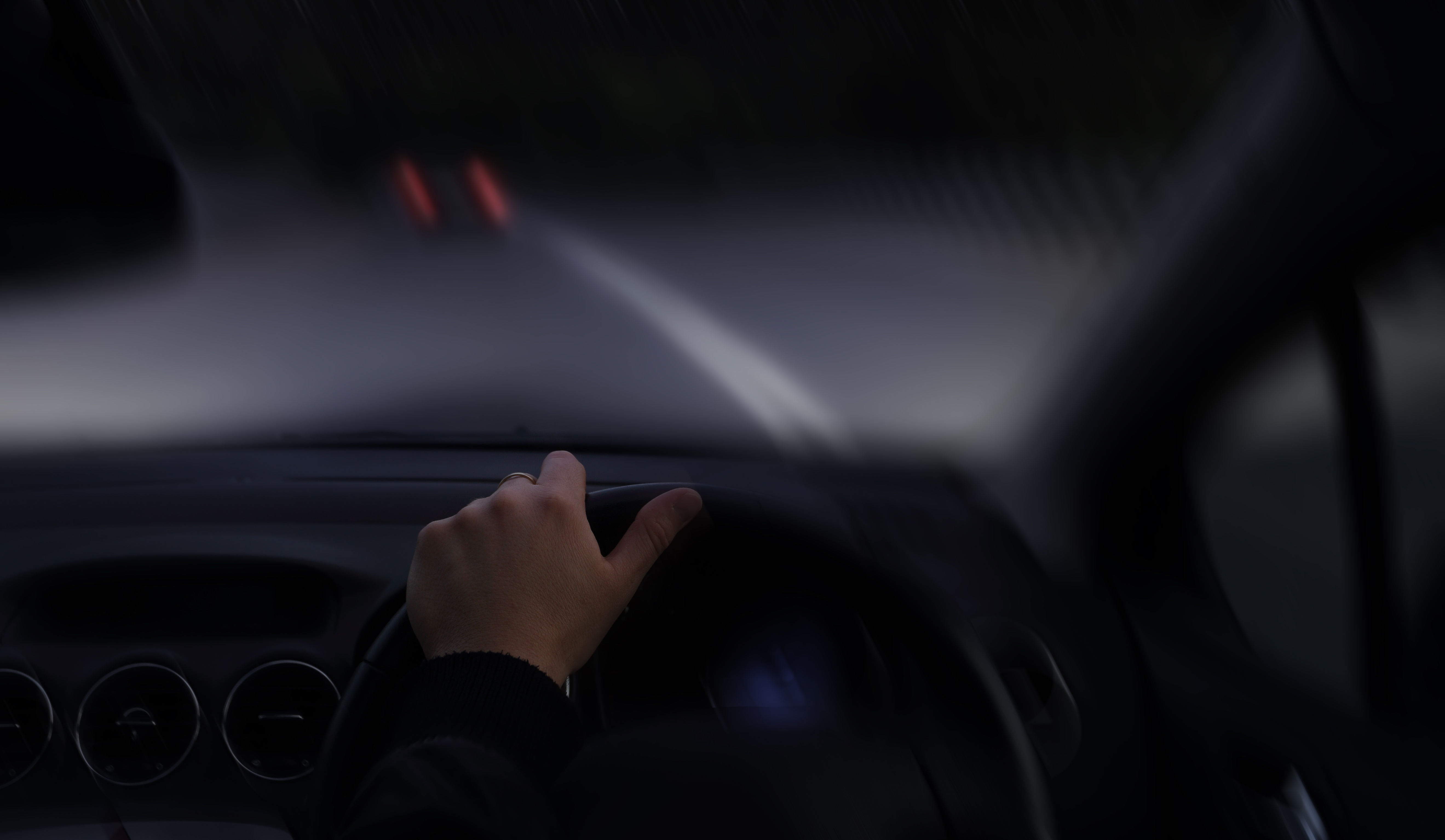
The Advertiser’s current “Drive to Survive” campaign has sought to shine a light on the devastating impacts of drug driving in South Australia.
Getting behind the wheel while impaired by drugs puts lives at risk. The Advertiser has highlighted some of the tragic stories of lives senselessly lost due to drug driving.
The ultimate question is: how do we address this problem?
The experience of criminal lawyers is instructive, as their observations seem to align with the evidence-based findings of drug treatment services, namely that a law-and-order approach alone will not improve road safety, and treatment for drug dependency works.
South Australia’s drug driving laws are, overall, not the harshest in Australia in terms of maximum penalties available, but far from the most lenient either. When comparing similar offences across jurisdictions, penalties for drug driving offences in SA are substantial. In SA, there is no way of avoiding a license disqualification for a drug driving offence. Even an expiation, which means you don’t have to go to court, will result in a license disqualification of three months.
One reason why our laws are not optimally designed to improve road safety is that their application focuses on the detection of prescribed illicit drugs, not the impairment caused by them.
Because it is extremely difficult to prove drug-induced impairment in a motorist, the vast majority of drug driving offences are for testing positive to a prescribed drug.
This means the maximum penalty for a person who had medicinal cannabis five days ago and still had traces of the drug in their system is the same as someone who took meth just before driving but was not visibly impaired. One action is vastly more dangerous than the other, but the law will generally treat both motorists the same.
Penalties for drug driving were increased when drug driving laws were reformed in 2018. Recent reports have suggested drug driving rates have increased, while drink driving has significantly dropped in the past decade. The reduction in drink driving has been largely attributed to ongoing education about the dangerous mix of alcohol and driving.
So what do we do? Do we ramp up the penalties again? The evidence seems to point to this not being the most effective solution.
Education is essential in encouraging safe road use.
Victoria’s drug driver program, aimed specifically at changing the driving behaviour of people who have committed a drug driving or drink driving offence, appears to be an excellent initiative. These types of programs within the justice system are, in the Society’s view, integral to reducing recidivism.
SA has an effective Treatment Intervention Court, which is an outstanding initiative aimed at offenders who have pleaded guilty to particular offences relating to drug use, but it is not tailor-made for addressing driver behaviour.
We would support investment in driving education programs for those who commit motor offences, including drug driving offences. These programs would of course occur in addition to punitive measures that already exist.
In fact, what we need is greater investment in drug treatment services more generally. Drug use is a complex problem that requires a multi-faceted, health-led solution. The Government should invest in early intervention and education if it is serious about reducing re-offending and making the community safer.
JUSTIN STEWART-RATTRAY, PRESIDENT, LAW SOCIETY OF SA
|